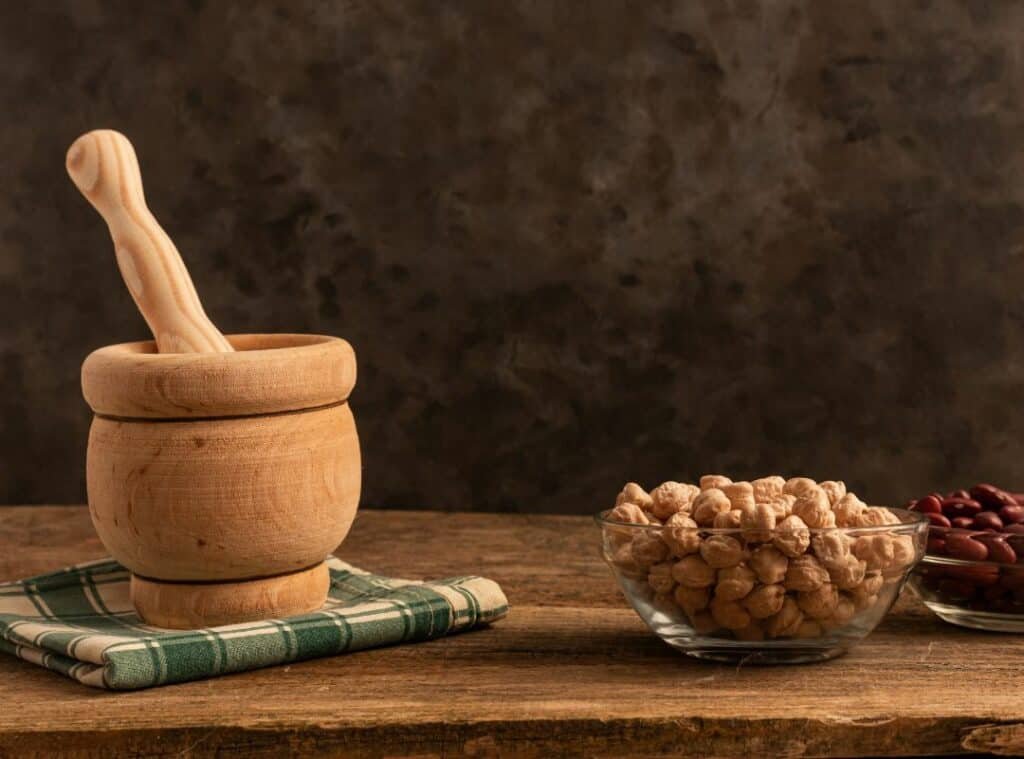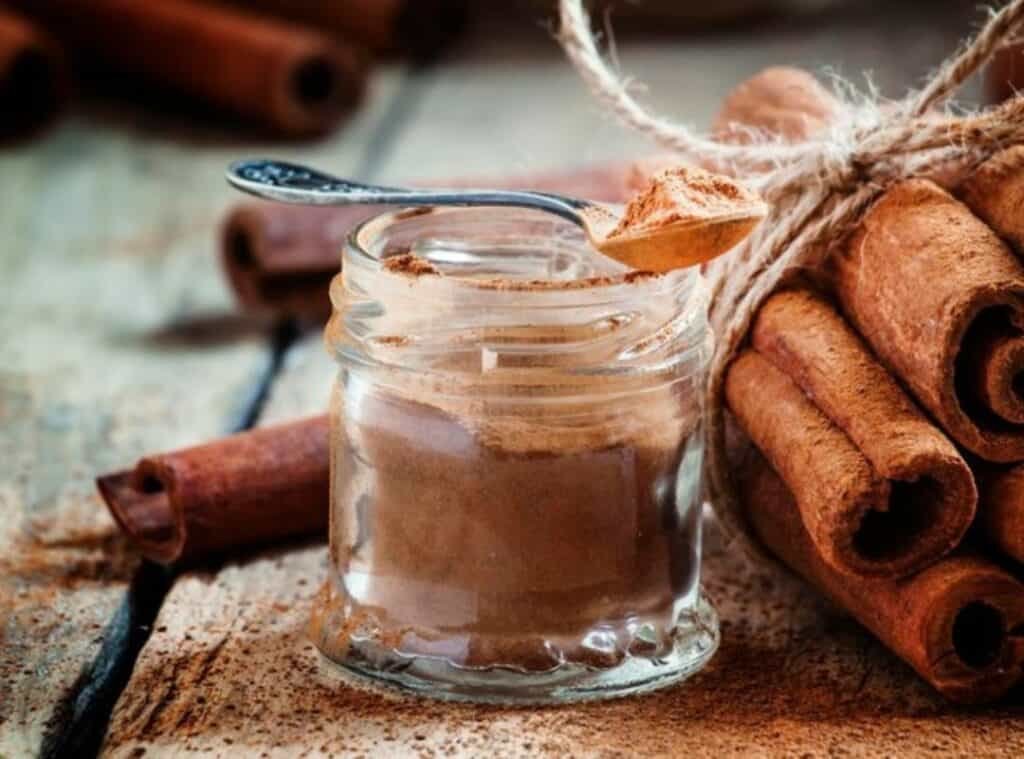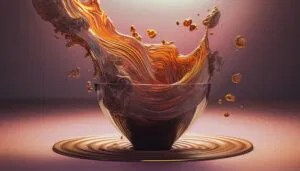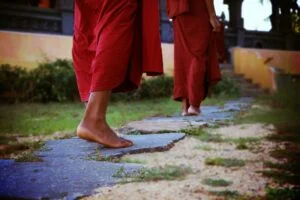Trituration is a process of reducing the particle size of a substance by grinding or rubbing it with a liquid. It is an ancient technique that has been used in various systems of medicine, such as Ayurveda, Chinese medicine, and homoeopathy. Trituration is believed to enhance the bioavailability, potency, and therapeutic effects of the substance by transforming its physical and chemical properties.
In Ayurveda, trituration is also known as Bhavana, which means “to make alive” or “to impart life”. Bhavana is a type of samskara, which is a process of purification, modification, or enhancement of a substance. Bhavana is used for preparing various types of medicines, such as tablets, powders, metals, minerals, gems, and animal products. Bhavana is done by adding a liquid medium, such as water, juice, decoction, milk, urine, etc., to the powdered substance and grinding it until the liquid evaporates. The liquid medium is chosen according to the desired therapeutic action and the properties of the substance.
TTT (Triple Trituration Technique)
TTT (Triple Trituration Technique) is a novel method of trituration that has been developed by Dr. Rajesh Shah, a renowned homoeopath and researcher from India. TTT is based on the principle of “like cures like”, which is the core of homoeopathy. TTT involves triturating a substance with three different liquids that have similar or related properties to the substance. For example, if the substance is a metal, then the three liquids are metal-based, such as metal salts, metal oxides, or metal hydroxides. The aim of TTT is to create a nano-medicine that has the maximum similarity and resonance with the original substance.

TTT is done by following these steps:
- Step 1: The substance is triturated with the first liquid for 6 hours in a mortar and pestle.
- Step 2: The resulting powder is dried and triturated with the second liquid for another 6 hours.
- Step 3: The resulting powder is dried and triturated with the third liquid for another 6 hours.
- Step 4: The final powder is dried and stored in a glass container.
TTT is claimed to have several advantages over conventional trituration, such as:
- It increases the surface area, solubility, and bioavailability of the substance.
- It reduces the toxicity, side effects, and dosage of the substance.
- It enhances the potency, efficacy, and specificity of the substance.
- It creates a nano-medicine that has the same or higher frequency and vibration as the original substance.
- It preserves the holistic and vitalistic nature of the substance.
Applications and Examples of TTT

TTT has been applied to various substances, such as metals, minerals, gems, plants, and animal products. Some examples of TTT are:
- TTT of gold with gold chloride, gold oxide, and gold hydroxide. This is used for treating diseases related to the heart, blood, and immunity.
- TTT of silver with silver nitrate, silver oxide, and silver hydroxide. This is used for treating diseases related to the nervous system, skin, and infections.
- TTT of pearl with calcium carbonate, calcium oxide, and calcium hydroxide. This is used for treating diseases related to the bones, teeth, and eyes.
- TTT of turmeric with curcumin, turmeric oil, and turmeric water. This is used for treating diseases related to the liver, digestion, and inflammation.
- TTT of honey with glucose, fructose, and sucrose. This is used for treating diseases related to the respiratory system, throat, and energy.
Conclusion
TTT is based on the principle of “like cures like” and involves triturating a substance with three different liquids that have similar or related properties to the substance. It aims to create a nano-medicine that has the maximum similarity and resonance with the original substance. The technique has several advantages over conventional trituration, such as increasing the bioavailability, potency, and therapeutic effects of the substance, while reducing its toxicity, side effects, and dosage. TTT has been applied to various substances, such as metals, minerals, gems, plants, and animal products, for treating various diseases and acts as a promising technique that can revolutionise the field of medicine and offer a safe, effective, and holistic approach to healing.









